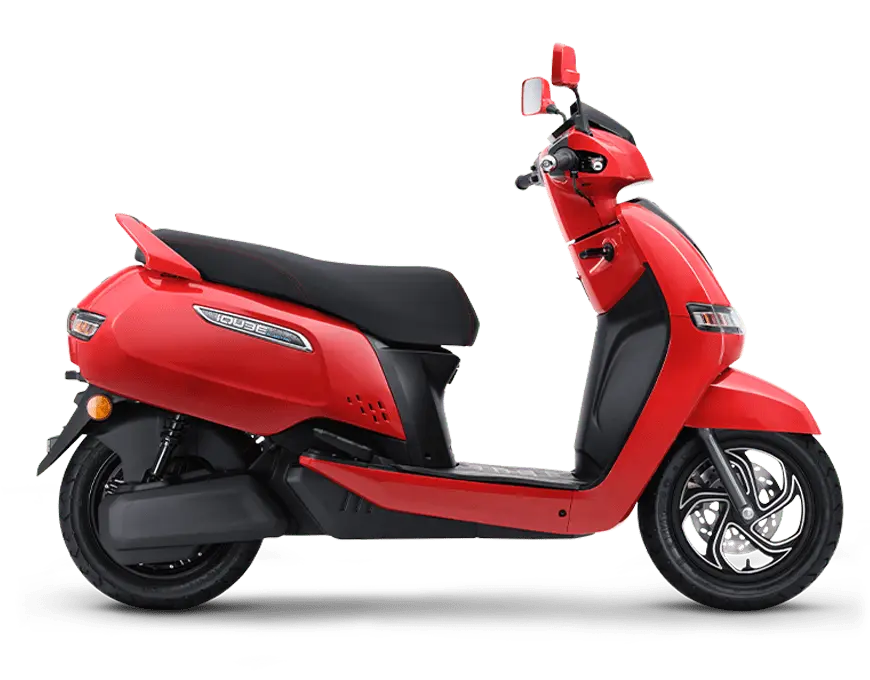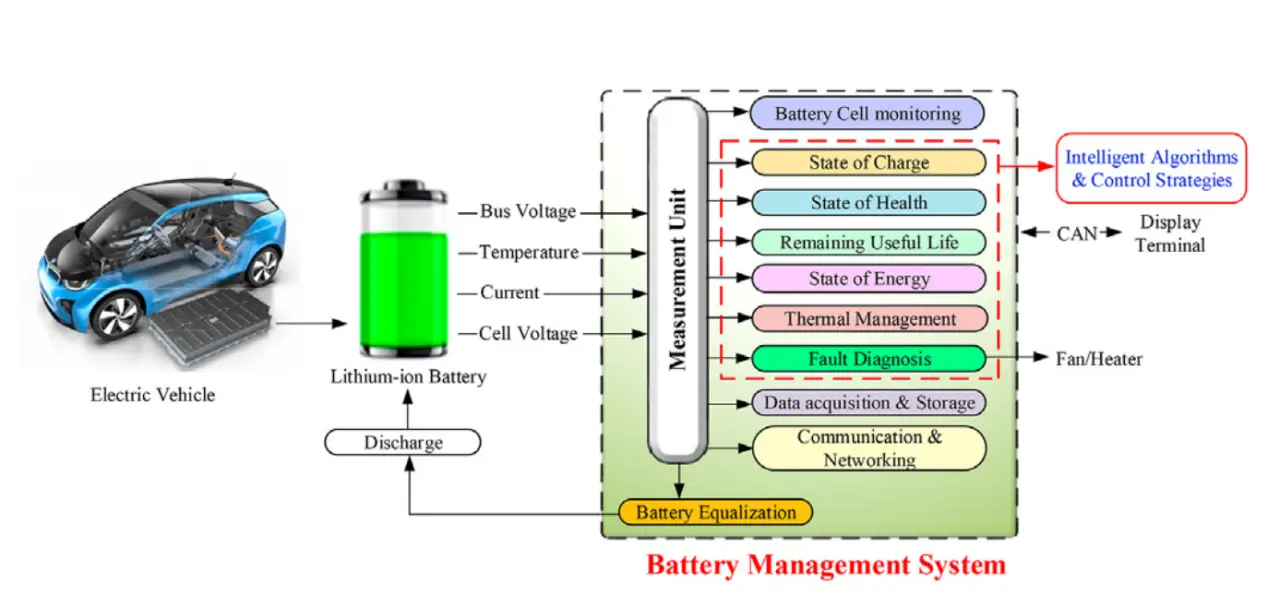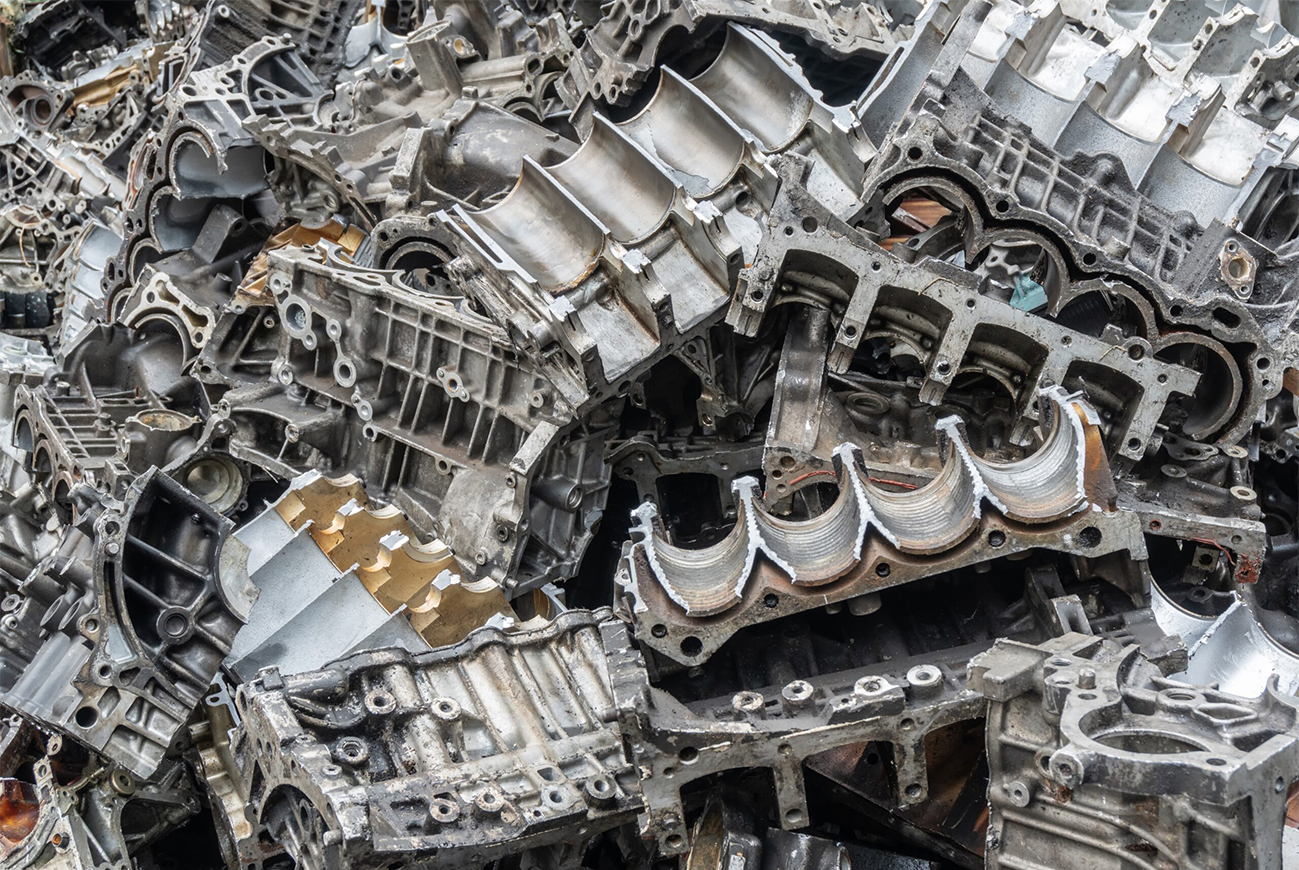Electric Vehicles are getting popular in India. This is because petrol and diesel prices are at their peak and commuters want something that will take them from point A to B without making a big hole in their pocket.
Electric scooters are also a great choice in terms of power distribution as you will get a liner power delivery, which means the same amount of torque at any RPM.
Considering these benefits, commuters are inching towards electric scooters, but people still do not know what to consider when buying an electric scooter.
This article about the Electric Scooter Buying Guide will document the key factors you should consider before you head to the showroom to get your favorite electric scooter.
Understanding Electric Scooters
Electric scooters are a popular mode of personal transportation that runs on electric motors and rechargeable batteries. They are designed to provide a convenient and eco-friendly alternative to traditional gas-powered scooters and cars.

What Is An Electric Scooter?
An electric scooter, also known as an e-scooter, is a two-wheeled vehicle powered by an electric motor. It typically consists of a deck or platform for the rider to stand on, handlebars for steering, and a battery pack that powers the motor.
There is no engine, nor a multi-speed transmission system. Yes, it does have a single-speed transmission system to transfer the power from the motor to the wheel, but since it offers constant torque at any RPM, an electric scooter does not need a multi-speed gearbox system like an ICE scooter.
Types of electric scooters
There are various types of electric scooters available in the market, including commuter scooters, off-road scooters, and foldable scooters. Each type is designed to cater to different usage scenarios and user preferences.
In this article, we will be focusing more on commuter scooters as these types of scooters make more sense for daily commuting in the city.
Benefits of using an electric scooter
- Environmentally friendly: Electric scooters produce zero emissions, making them an eco-friendly transportation option.
- Cost-effective: They are cheaper to operate and maintain compared to traditional vehicles.
- Convenient: Electric scooters are compact and easy to maneuver, making them ideal for short commutes and urban travel.
- Less Mechanical Parts: Electric scooters offer constant torque, which eliminates the need for a multi-speed gearbox system. It also does not have an engine. Fewer parts mean fewer chances of failure.
Factors to Consider Before Buying an Electric Scooter: Electric Scooter Buying Guide
Here are some of the factors that you should consider while buying an electric scooter. However, this list is not exclusive as there could be multiple other factors that could influence your decision.
Range
The range of an electric scooter refers to the distance it can travel on a single charge. When choosing an electric scooter, consider your typical commuting distance and select a model with a range that meets your needs.
Charging your scooter frequently won’t cost you extra, and it will affect the battery life, but it will add some extra inconvenience to your daily routine.
Charging Time
Better to choose a scooter that can charge itself quickly. Waiting for half of the day to charge your scooter does not make any sense.
Modern scooters are coming up with a DC charger option but not everyone can install a DC charger at home. So look for a scooter that has less charging time even with a home portable charger.
Battery Capacity
Battery capacity will define how long the battery will take to fully charge itself and how much range you may get. It also tells us how much power it may consume for a full charge.
For example, a 3 kWh battery will take about 6-7 hours to fully charge using a 500W portable charger and It will consume 3 units of electricity for every charge.

Battery Life
The biggest confusion among commuters is about the battery life of electric vehicles. Many people may think that they need to change the battery every few years.
Although it’s true, in most cases, the battery will survive the life of the vehicle. Typically an electric scooter battery lasts for 8-10 years which is kind of enough for an electric scooter.
Even after 10 years, the battery may not be dead, but it may not offer the same range that it used to offer before.
Motor Power And Speed
The motor power determines the speed and performance of the electric scooter. Consider the terrain and inclines you will encounter during your rides, and choose a scooter with sufficient motor power to handle them.
You need to also consider the types of motor used and how it is mounted on the scooter. For example, the Ola scooter comes with a hub-mounted motor whereas Vida V1 comes with a side-mounted motor.
Although, the way of mounting the motor does not have any effect on the performance it may make things complemented during servicing.
Top Speed And Acceleration
Gone are the days when your electric scooter could only gain speed up to 25 kmph. Modern scooters are powerful enough to compete with ICE scooters in terms of speed.
Go for a scooter that offers a decent speed that is essential for daily commuting. A bare minimum speed of 80 kmph is a must.
In terms of acceleration, most scooters nowadays come with two modes. One is eco and the other one is sports. You can adjust the mode based on your power requirement.
Charging Infrastructure
Go for a brand that has enough charging infrastructure in your city. You can not always charge at home as it takes almost 4-5 hours to do a full charge whereas DC charging only takes about an hour for a full charge.
Better charging infrastructure also eliminates the range anxiety that most of us have while driving an electric vehicle as you will never be out of range of a charging station.
Weight Capacity And Build Quality
Check the weight capacity of the scooter to ensure it can support your weight. Every scooter has a limit of weight that it can carry depending on the motor power. Better motor power means the scooter can take up more weight.
Additionally, consider the build quality and materials used in the construction of the scooter for durability and longevity.
Connectivity Features
Electric scooters are no longer a typical scooter. It’s more of a gadget and you need to consider some connectivity features in it through app integration.
Almost 90% of scooters sold in India come with some connectivity features like Bluetooth or Wi-Fi function, cloud-based features like geo-fencing, etc.
Navigation is one more feature that you should consider. Better to choose a scooter that offers full-fledged navigation over turn-by-turn navigation as in turn-by-turn navigation, you need a mobile phone with data connectivity.
Convenient Feature
Features like cruise control, parking, and reverse are very popular in cars. But in scooters, you may not use these features much. However, considering the road conditions and traffic, you may choose to use these features more often than before.
Consider choosing a scooter with the hill hold feature as this is one of the most important convenient features that will make your drive easy and safe. Other features are good to have features.
Portability And Under Seat Storage
If you need to carry your scooter on public transportation or store it in a small space, consider the portability and size of the scooter.
Also if you are a daily commuter, you need to consider the underseat storage where you can dump your daily groceries safely without any external attachment.
Safety And Security Features
Since you are buying an electric scooter, you need to ensure that the battery is safe enough to use. It should be at least IP67 rated and does not cause any issues with overcharging and overheating.
It should also have an auto cut-off feature so that when the battery is fully charged, it should cut off the power automatically.
Lithium-ion batteries are the preferred choice for electric scooters as they offer better energy density, can withstand severe heat, and are safe in other aspects too.
Considering braking, disk brakes are a new norm for electric scooters. ABS is getting popular in scooters. If you have ABS, it’s always better.
Choosing the Right Electric Scooter for You
Commuting needs and distance
Evaluate your commuting needs, including the distance you need to travel and the terrain you will encounter. Choose a scooter that aligns with your specific requirements.
Budget considerations
Set a budget for your electric scooter purchase and explore options within your price range. Consider the long-term cost savings of owning an electric scooter compared to other forms of transportation.
Here is an electric vehicle savings calculator that may come in handy for you to see how much you might be saving if you switch to EV
Design And Aesthetics
Select a scooter that matches your style and preferences. Consider factors such as color, design, and overall aesthetics. Some electric scooter looks like a toy that may not align with everyone’s taste.
Additional Features And Accessories
Look for additional features such as LED lights, better suspension systems, and smartphone connectivity. Consider any accessories you may need, such as a phone mount or storage attachments.
Maintenance And Care Tips For Electric Scooters
Charging And Battery Maintenance
Follow the manufacturer’s guidelines for charging and maintaining the battery of your electric scooter to prolong its lifespan. Never charge your battery beyond 80% and don’t let it discharge below 20%. Both will damage your battery in no time.
Prefer to charge the battery using a home portable charger. Continuous use of DC charging may degrade your battery faster than AC charging.
Cleaning And Upkeep
Regularly clean and inspect your scooter for any signs of wear or damage. Keep it well-maintained to ensure optimal performance.
Repairs And Servicing
Be prepared for routine maintenance and occasional repairs. Familiarize yourself with local service centers or authorized repair shops for your scooter.
Where To Buy Electric Scooters
Online Retailers
Explore online platforms and e-commerce websites for a wide selection of electric scooters and competitive pricing. You may get a very good discount on Amazon and Flipkart if you are buying a scooter during the festive season.
Occasionally, they give lucrative offers if you hold credit cards from certain banks like HDFC, ICICI, and Axis back.
Local Stores And Dealers
Visit local stores and dealers to test ride different models and receive in-person assistance from knowledgeable staff.
Although the number of dealers in your city may be very few, but its always better to have a test drive before you choose the scooter.
Secondhand Market Considerations
Consider purchasing a used electric scooter from reputable sources to find a budget-friendly option.
Conclusion: Electric Scooter Buying Guide
In conclusion, buying an electric scooter requires careful consideration of various factors such as range, motor power, safety, and maintenance. By understanding your commuting needs and evaluating different models, you can find the right electric scooter that suits your lifestyle and preferences.
Frequently Asked Questions (FAQs): Electric Scooter Buying Guide
What is the average range of an electric scooter?
The average range of an electric scooter varies depending on the model and battery capacity, but it typically ranges from 60-120 KM on a single charge.
How long do electric scooter batteries last?
The lifespan of electric scooter batteries can vary, but with proper maintenance, they can last anywhere from 8 to 10 years before needing replacement.
What are the maintenance costs for electric scooters?
Maintenance costs for electric scooters typically include periodic battery replacements, tire changes, and general upkeep. The overall maintenance costs are relatively low compared to traditional vehicles.


 The highly anticipated annual event, where the new Nextcorps/Luminate cohort of entrepreneurs present their technical issues to New York Photonics companies.
The highly anticipated annual event, where the new Nextcorps/Luminate cohort of entrepreneurs present their technical issues to New York Photonics companies.

















